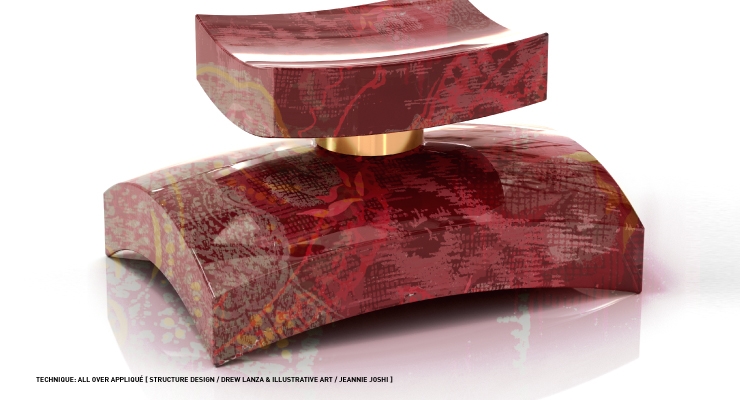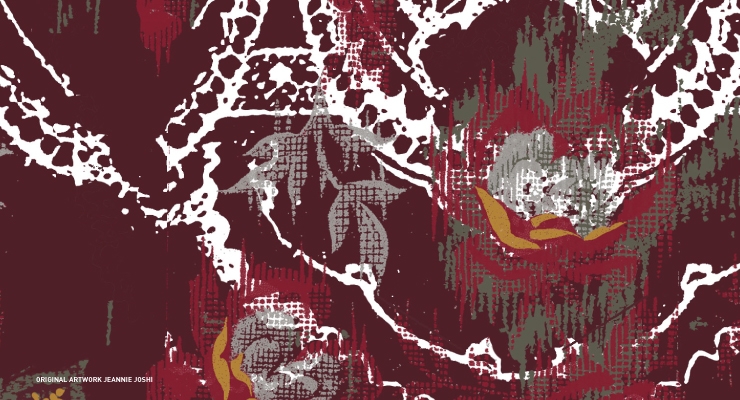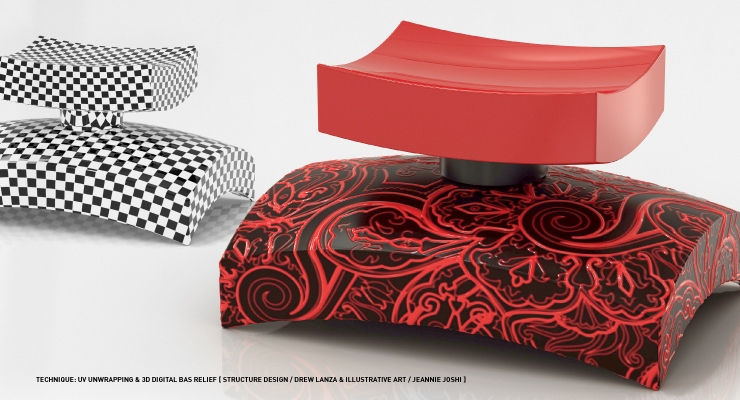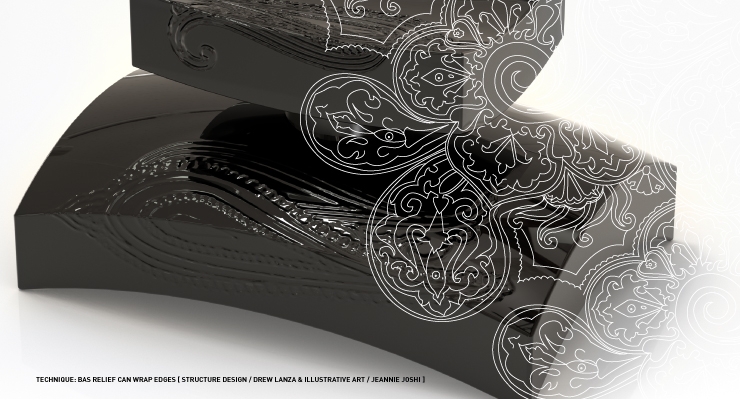Jeannie Joshi, Joshi Design 01.24.20
In this new era of challenging diversity, where identity politics dominate, and a sense of tribalism continues to rise, the question for businesses and brands is how your product will transcend economic or political relationships to engage effectively on a worldwide scale?
Since 2018 to now, projecting into the near future, we have been continuously redefining our geographic and national identities. Our globalized world is urging a renewed desire for exploration and cultural sharing, where now the obscure and the original take on a new symbolic significance.
Cultures and social connections come together through the shared ontological origin. Environments and products have the opportunity to join people closer together through open-source collaborations.
How will your brand fuse borders?
Art and design consider this current state of mind, looking to both to tell stories in collaborative ways and opening up the possibility for multiple connections — blurring boundaries between cultures and society, people, and products — energizing a new movement: borderless design.
Celebrating Craftsmanship
How can this design concept, influenced by society today, translate to packaging? I’m inspired by surface art that embraces a culture’s heritage, from the decor of Eastern motifs to the intricate structures of distinctive and technical craftsmanship. The design process uses unconventional scales, detailed etching, and styles that feel preserved, full of symbolic meaning — for a hand-made, keepsake result.
The packaging borrows from traditions of native themes, yet modernized through visual design, bold decoration, and materials. Colors and elements reflect the values of shared histories, cultural fluidity, rendered to give creations (product) an artisanal look.
Achieving This Look Through Digital Deco
To paraphrase Drew Lanza, it’s an exciting moment for design and packaging, due to new techniques and digital tools. Ever-evolving technologies expressive of ancient craft are being re-created and re-imagined as sophisticated digital sculptures, unlocking a high level of technical craftsmanship and many more design possibilities.
3D artists are using computer-generated techniques and algorithms that take the mathematical complexities of digital sculpting to unprecedented levels. These are transforming traditional digital decorating methods. Custom artwork appliqué, precise visualization, rapid physical prototyping, and actual tooling are some of the exciting possibilities available as a result of digital craftsmanship.
Photos in the Slider Above
The many design possibilities and current inspirations, achieved through the use of 3D computer-generated techniques. All are original artwork/illustrations by Jeannie Joshi, Illustrator/Director, Joshi Design and are original form/structures by Drew Lanza, Industrial Designer/Director, Syntax. (With images featuring 3D renders by Lanza and Laurent Heiderscheid.)








